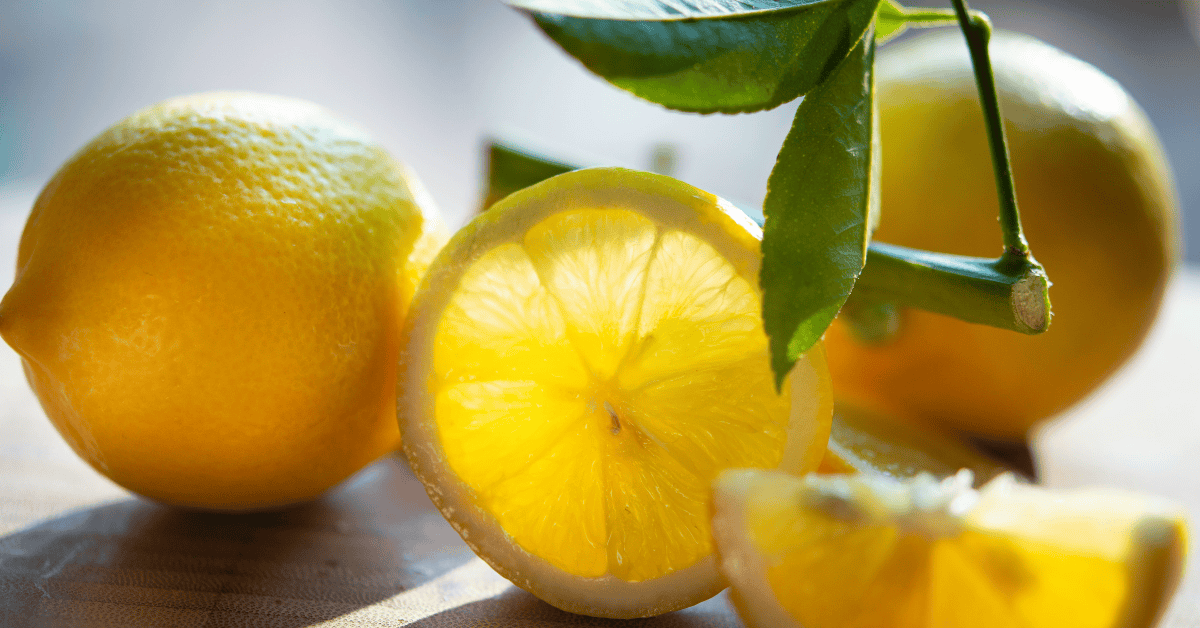January Fruit and Vegetable Gardening Checklist for Zone 10a
Photo by Cristina Anne Costello on Unsplash
January is a busy and productive month for Zone 10a gardeners. The mild winter weather provides the perfect conditions to prepare your garden for a successful growing season while also harvesting and planting cool and warm-season crops. Here’s your ultimate checklist for January gardening in Zone 10a:
General Garden Maintenance
Prune Fruit Trees:
January is an ideal time to prune stone fruit trees like peaches, apricots, and plums to shape them and remove dead or damaged wood.
For citrus trees, focus on light pruning to remove any crossed branches or suckers, but avoid heavy pruning to prevent stress.
Mulch for Moisture:
Refresh mulch around plants to conserve soil moisture, regulate temperature, and suppress weeds. Keep mulch a few inches away from tree trunks and plant stems.
Irrigation Check-Up:
Inspect and repair irrigation systems to ensure they’re functioning efficiently. Adjust schedules for the cooler weather, reducing watering frequency while maintaining consistent moisture for newly planted crops.
Pest and Disease Control:
Monitor for overwintering pests like aphids and scale. Use horticultural oil sprays to manage these pests organically.
Check for signs of fungal diseases and remove any infected leaves or debris.
What to Plant in January
Zone 10a’s climate allows for a variety of planting options even in winter. Focus on cool-season crops and start preparing for warm-season planting:
Vegetables:
Direct Sow: Carrots, radishes, beets, turnips, and parsnips.
Transplants: Broccoli, cauliflower, kale, lettuce, spinach, and chard.
Prepare Beds: Start preparing soil for warm-season crops like tomatoes and peppers by adding compost and organic matter.
Herbs:
Plant parsley, cilantro, dill, and chives. These herbs thrive in the cooler weather of January.
Fruits:
Begin planting bare-root fruit trees like apples, peaches, and plums.
Start strawberries from crowns for a spring harvest.
Harvesting Checklist
Fruits Ready for Harvest:
Citrus: Oranges, lemons, limes, and grapefruits are typically ripe in January.
Tropical Fruits: Bananas and guavas may also be ready, depending on planting and maturity.
Vegetables Ready for Harvest:
Cool-season crops like kale, lettuce, spinach, broccoli, and cauliflower.
Root vegetables such as carrots, radishes, and beets sown earlier in the season.
Herbs Ready for Harvest:
Parsley, cilantro, dill, and chives are ready for light harvesting.
Soil and Fertilization Tips
Test Soil: January is a great time to test soil pH and nutrient levels to amend as needed.
Fertilize: Apply a balanced organic fertilizer to cool-season crops. Avoid over-fertilizing, as plants grow more slowly in cooler weather.
Additional Tasks
Plan for Warm-Season Crops:
Review seed catalogs and plan your warm-season garden. Order seeds for tomatoes, peppers, squash, and beans to start indoors later in the month.
Weed Management:
Remove weeds early to prevent them from taking over garden beds.
Composting:
Add kitchen scraps and garden waste to your compost pile. Turn it regularly to speed up decomposition for spring planting.
Protect Sensitive Plants:
Use frost cloth or row covers for any frost-sensitive plants during colder nights.
By focusing on these January-specific tasks, your Zone 10a garden will be well-prepared for a productive year ahead. With proper care, you can enjoy continuous harvests and a thriving garden all year long!










